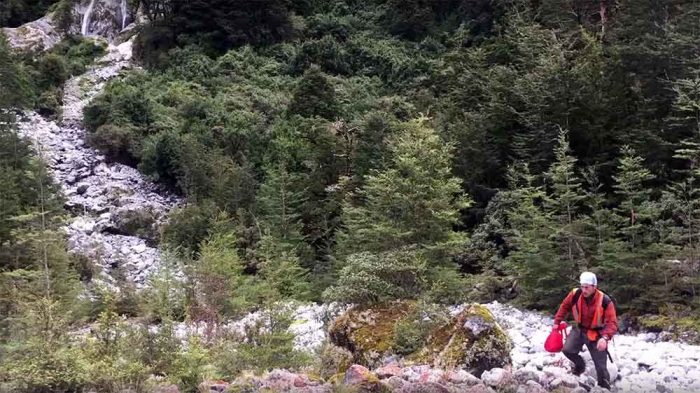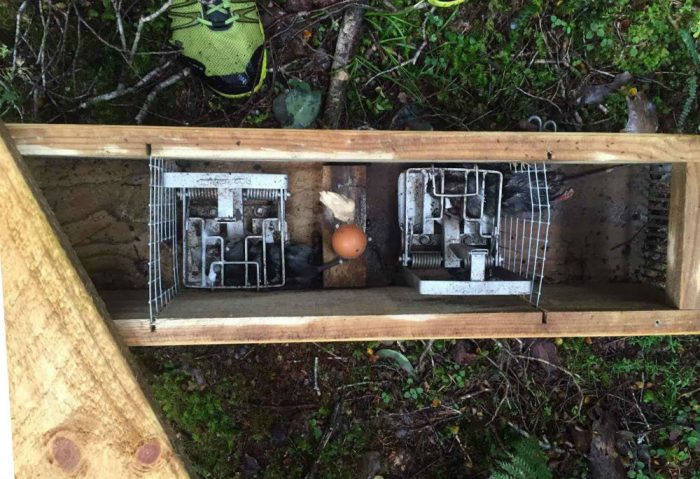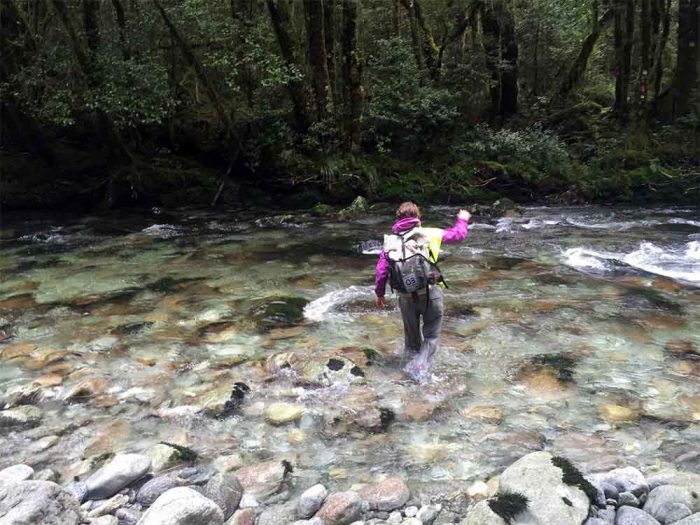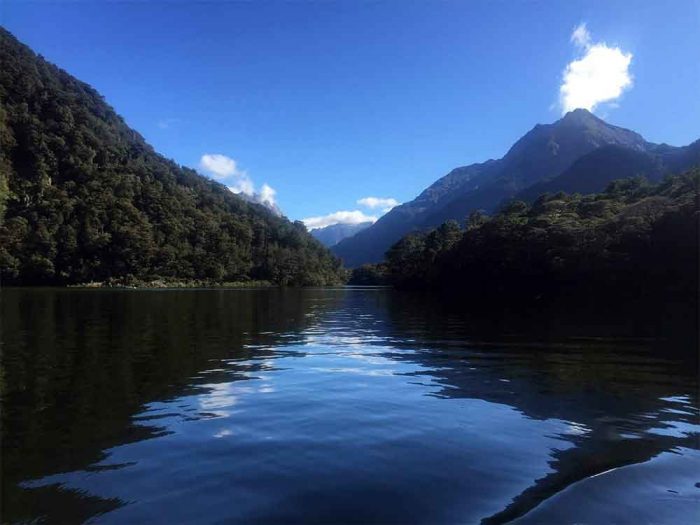GearJunkie correspondent Chelsey Magness filed a report from the front lines of an unusual battle waging in the outback of New Zealand: pest control.

It was my first time flying to work in a helicopter. As we choppered over the epic mountaintops, past waterfalls and up canyons, I couldn’t help but think I was dreaming — I was getting paid (and well) to trek through the New Zealand wilds.
The only catch was I had scrape dead varmint carcasses out of traps, load them with raw meat and eggs as bait, and cross miles of rugged terrain each day with a heavy pack — not everyone’s dream vacation, but for me, a unique way to experience the spectacular New Zealand backcountry while making a difference.
New Zealand Pest Control: A Fight For Native Birds
“Pest control” conjures images of a guy in a suit spraying chemicals. Never in my childhood dreams did I ever think a job in the pest control business could be such an adventure.

“Stoats are implicated in the extinction of some indigenous bird species (bush wren, laughing owl, native thrush) and as the major cause of decline of many others (S.I. kokako, takahe, kaka, mohua, Hutton’s shearwater, kakapo, kakariki, the Okarito kiwi and other kiwi species).”













